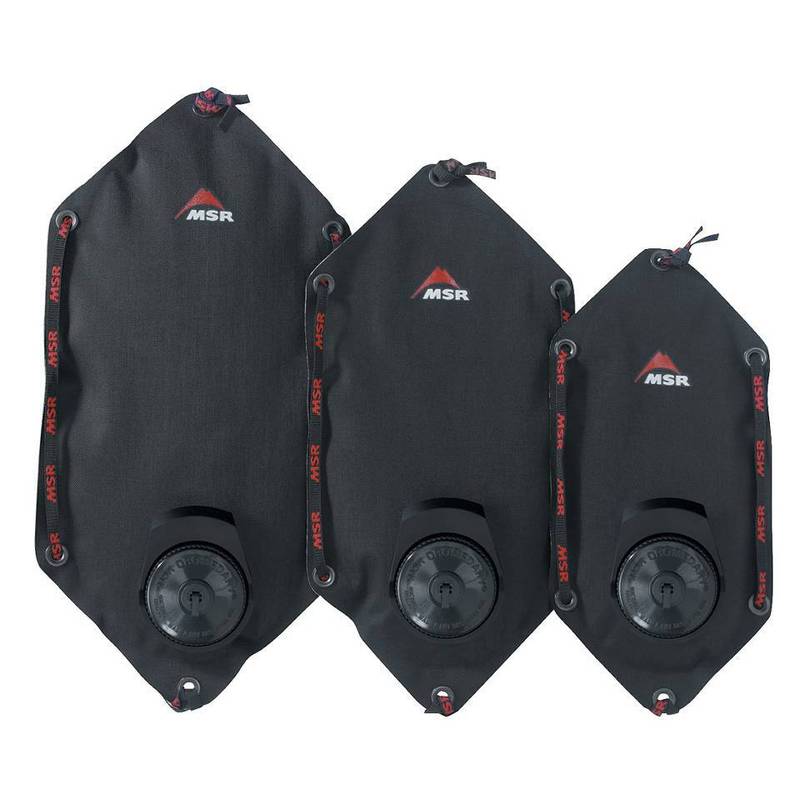How Rocks Become Routes: What it takes to develop climbing
Part 1
Climbing's funny.
It's about as productive as a solar panel in a coal mine and makes as much sense as the hamster dance. But folks, normal folks who spend their entire year toiling away at jobs and lives otherwise perceived as normal and tolerable, dedicate all their free time trying to become better at climbing up something that any tourist knows is easier to get to the top of by walking around the back. But climbers fancy themselves as people who don't just walk around the back. So what does it take for the first person to find the hard way and make it easy for the rest of us to get there. We'll ask a couple of climbers about just that and maybe one day we'll find our own hard way up a piece of rock.
 |
| The business of building routes to last |
Since we are a climbing gym, we thought it would be best to start with Head Route Setter and local outdoor developer, or redeveloper depending on who you're asking, Dean Dean Privett. Dean walked us through his process of setting, why we don't have grades, and what it is about climbing that keeps Dean doing what he does.
So Dean Dean, How do you start setting a route? Do you draw them out on a piece of paper, is there a computer program that you use, or are they based off of outdoor climbs?
Every climb I set starts with 3 variables: difficulty, wall angle, and holds. I choose 1 variable and build the route off of that. For example, I'll place a really cool hold on the wall and see how the angle influences the usability of that hold, this helps determine the overall difficulty of the route. I'll then choose holds that will help keep the consistency of that difficulty. The challenge then is to get the climber to climb to and from the first hold I put on the wall. The big sloper in the middle of the wall (video above) was the first hold I placed on the wall, I then had to figure out how to get climbers on to and off of the hold.
So there's really not a ton of planning?You just throw some holds up and start creating unique and professional routes?
All the movement I create is based off of climbing fundamentals like opposition forces, hold positions, and body tension. So creating climbs is really a culmination of all the climbing experience I've had over the years.
It sounds like route setters need to be climbing a bunch both indoors and outdoors?
Oh yeah, by getting outdoors I get exposed to different movements and the subtly of what it takes to get up climbs and when I climb at different gyms I get to see how other setters are using holds to create movement. So climbing a bunch is a big part of my job.
That's pretty rad, you must know a million ways to use one hold?
Not a million, but understanding that holds are designed with specific uses in mind is a big part of setting routes. For example, using right versus left hand crimps or roof jugs versus slab jugs. Using holds the way they're intended can entice climbers in to specific movement as well as keep them injury free.
I also take pride in creating aesthetically pleasing routes. So using similar colored holds or series of holds that look as good as the movement feels.
So you mentioned difficulty, what are your thoughts on grading?
Personally, I don't like grading. Grades are so subjective. Things like the setters strengths and preferences, how tired the setter is on a given day, climber weight and height, local grading, and so on, all play a roll in grading and can muddy up the entire thing. Instead I seek climbs that have awesome movement or that I think look really amazing. The grade doesn't matter. When I go outdoors, I appreciate the time it takes to figure out different climbs. So difficulty does play a role in what I climb, but I don't use grades as the determining factor in what I chose to work on. It all comes back to aesthetics, I'm interested in challenging movement rather than grades.
What other things do you think about when it comes to route setting or developing climbs outside?
For me route setting and looking for new boulders is more about having a good time with the people I'm with. Climbing is really fun but actual climbing is such a small amount of the time when you're out "climbing." So having good people to fill the rest of that time is important to me.
Copy that Deano and thanks for the insight in to what it takes to set world class blocks in our little part of the climbing world.
.JPG)







.JPG)

















